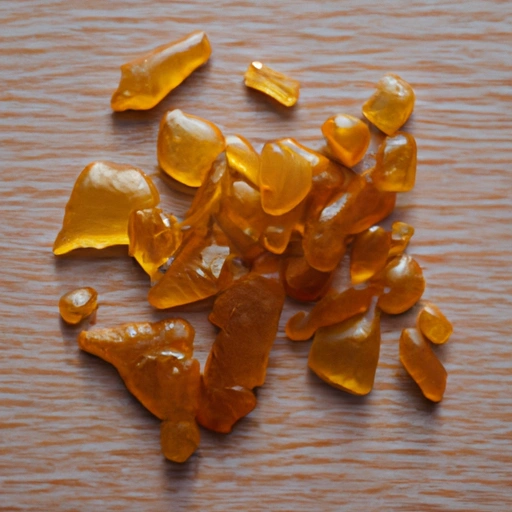Maple Sugar
Description

Maple sugar is a traditional natural sweetener made from the sap of sugar maple trees, predominantly found in the northeastern part of North America. It is the result of evaporating the excess water from maple syrup, leaving behind the crystalline solids that comprise maple sugar. With its unique flavor profile, it provides a subtle maple aroma and a hint of caramel-like taste, making it a favorite among gourmets and culinary enthusiasts.
Common uses
Maple sugar is commonly used as a direct replacement for other granulated sugars in baking, as a topping for oatmeal and other cereals, and as a sweetener in tea and coffee. It also serves as an excellent ingredient in dry rubs and marinades for meats, adding a touch of sweetness to savory dishes.
Nutritional value
Calories
Maple sugar contains about 380-400 calories per 100 grams (3.5 oz or about 1/2 cup).
Protein
Maple sugar provides a negligible amount of protein, less than 0.1 grams per 100 grams.
Fat
It is virtually fat-free, with fat content being negligible in standard serving sizes.
Carbohydrates
The carbohydrate content of maple sugar is high, predominantly consisting of sucrose, and amounts to roughly 95-98 grams per 100 grams.
Vitamins
While not a significant source of vitamins, maple sugar contains trace amounts of B-vitamins such as niacin and B6.
Minerals
Maple sugar is notably rich in certain minerals, including calcium, potassium, iron, and zinc, contributing to its nutritional profile.
Health benefits
Maple sugar, as a less processed alternative to white sugar, retains some of the minerals found in maple syrup. These minerals can contribute to overall health in minor quantities. Furthermore, because it is a natural sweetener, some people find it to be a preferred option to artificial sweeteners or refined sugars, though it should still be consumed in moderation within a balanced diet.
Potential risks
As with other sugars, maple sugar should be consumed in moderation. Excessive consumption of sugars, including maple sugar, can contribute to health issues such as obesity, dental cavities, and an increased risk of cardiovascular diseases. Individuals with diabetes or those managing blood sugar levels should use maple sugar cautiously and consult with a healthcare provider.
Common recipes
Maple sugar can be used in a variety of recipes, such as maple cookies, cakes, and pies. It's also a popular ingredient in pancake and waffle batters for an intrinsic maple flavor.
Cooking methods
Maple sugar can be used in most cooking methods that call for granulated sugar, including baking, boiling, and sautéeing.
Pairing with other ingredients
It pairs well with fall spices such as cinnamon, nutmeg, and clove, as well as with flavors like apple, pumpkin, and pecan. In savory dishes, it complements pork, chicken, and root vegetables.
Summary
Maple sugar is a delightful, all-natural sweetener with a unique taste that enhances a variety of dishes. While it offers some nutritional benefits, it should be enjoyed as part of a balanced diet. Its historical roots and versatile culinary applications make maple sugar a cherished ingredient around the globe.